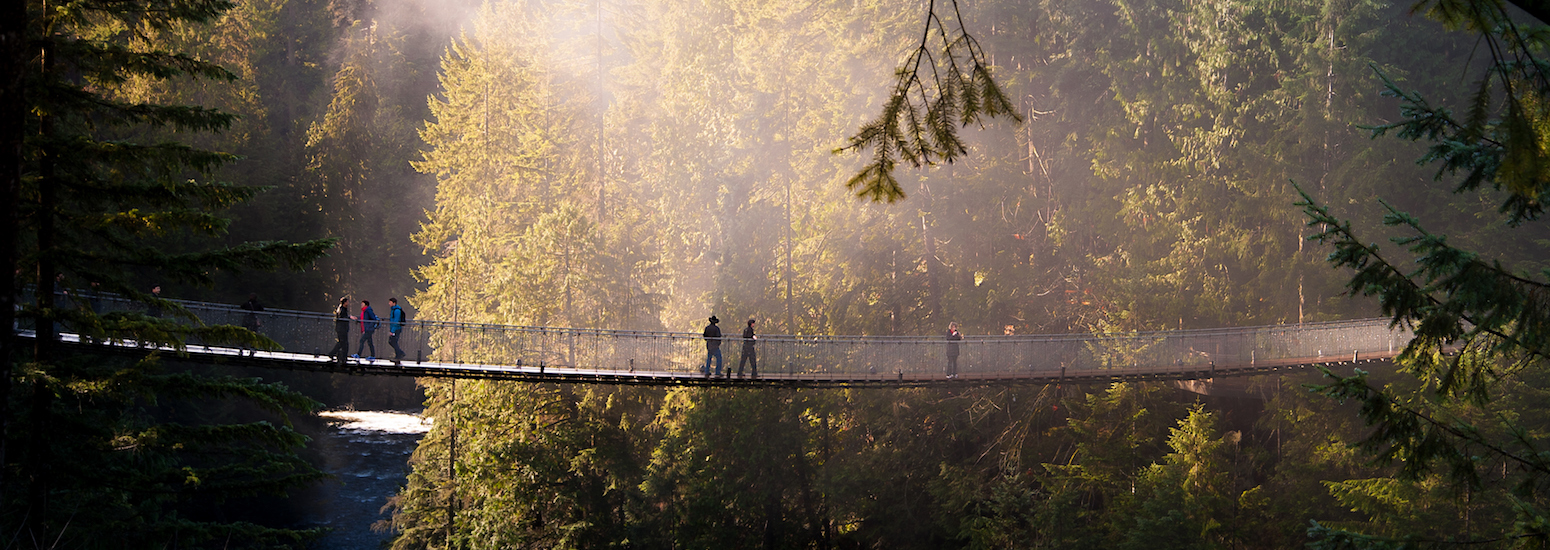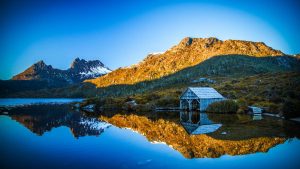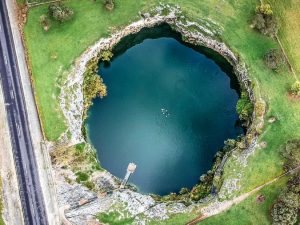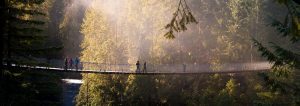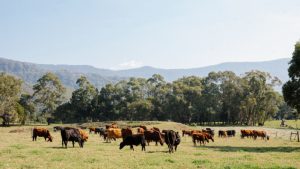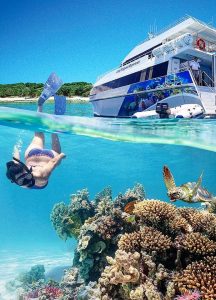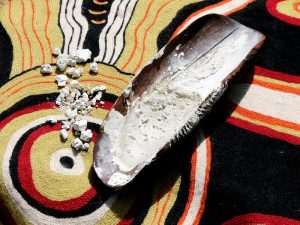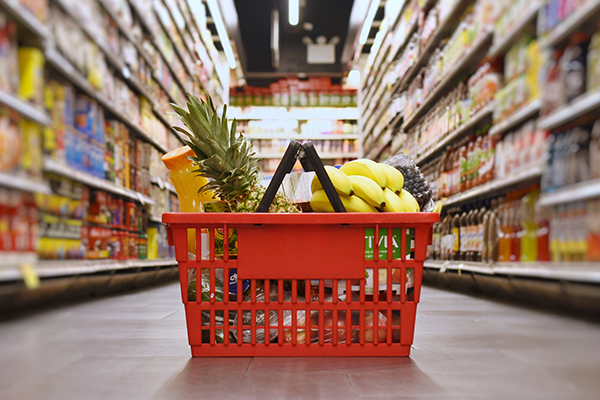1. The Boulders, Babinda, Queensland
It’s a basic, unpowered campground on a simple patch of grass with a central toilet block. What makes it incredible is its hop-skip-jump proximity to The Boulders, a swimming spot on the edge of Wooroonooran National Park. Here the crystal-clear waters of Babimba Creek are filtered on a journey through a pristine rainforest dripping with ferns and tangled in sweet-smelling eucalypts.

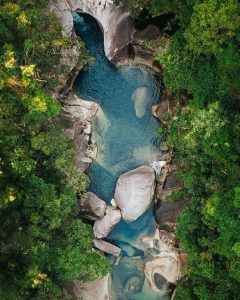
2. Archer Point, Cooktown, Queensland
It’s a long way to drive for a free campground, but once you’re here you won’t want to leave. Archer Point is 15km south of Cooktown on Queensland’s incredible Cape York Peninsula. It’s on a slither of public land, at the end of an unsealed road, overlooking the shimmering Coral Sea.
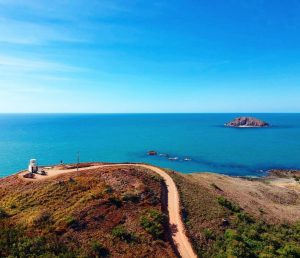
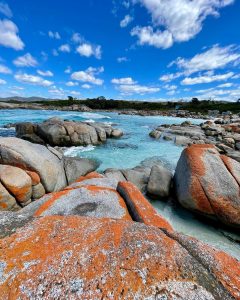
3. Swimcart Beach, Bay of Fires, Tasmania
Hold your breath. This is camping like it used to be, a throwback to a sepia-tinged ‘70s childhood when dad wore short shorts and mum had big hair. That this campground, one of eight in Tasmania’s you-beaut Bay of Fires area, is still free is one of Australia’s great gifts to mankind. You can pull up here unannounced and stay for a maximum of four weeks if it suits. And it probably will.


4. Kalymna Falls, Gariwerd (Grampians NP), Victoria
There are 12 campgrounds within Gariwerd (Grampians National Park) and the best is likely the least visited given its diminutive size and relative remoteness. Kalymna Falls, in the Pomonal region east of the park, sits creek-side at the base of the spectacular Mt William Range. It is accessed via a slow-going unsealed road that gets washed away after rain so you’ll need a 4WD.
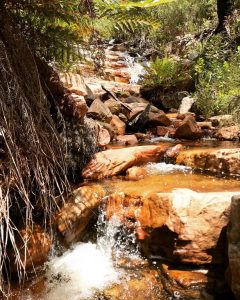
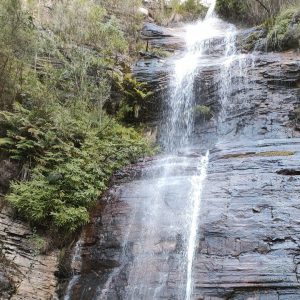
5. Cockle Creek, Southwest National Park, Tasmania
At the wild and woolly southern end of Tasmania pristine Cockle Creek promises a special kind of remoteness. The tiny beachfront settlement, with a handful of shacks, is backed by the vast and untouched Tasmania World Heritage Wilderness area. Heading south, there’s not much between your tent and Antarctica bar the mighty Tasman Sea. Technically there are two campgrounds extending along the beach road within 500 metres of each other. At the north end, Recherche Bay Nature Recreation Areas (20 sites) has pit-toilets, fire pits, is dog-friendly but you’ll have to BYO water.
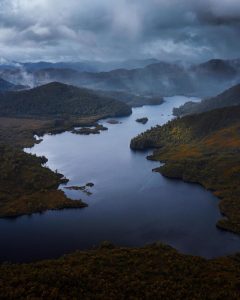



 COVID-19 Around the World3 years ago
COVID-19 Around the World3 years ago
 Cuisine Explorer4 years ago
Cuisine Explorer4 years ago
 Arabic2 years ago
Arabic2 years ago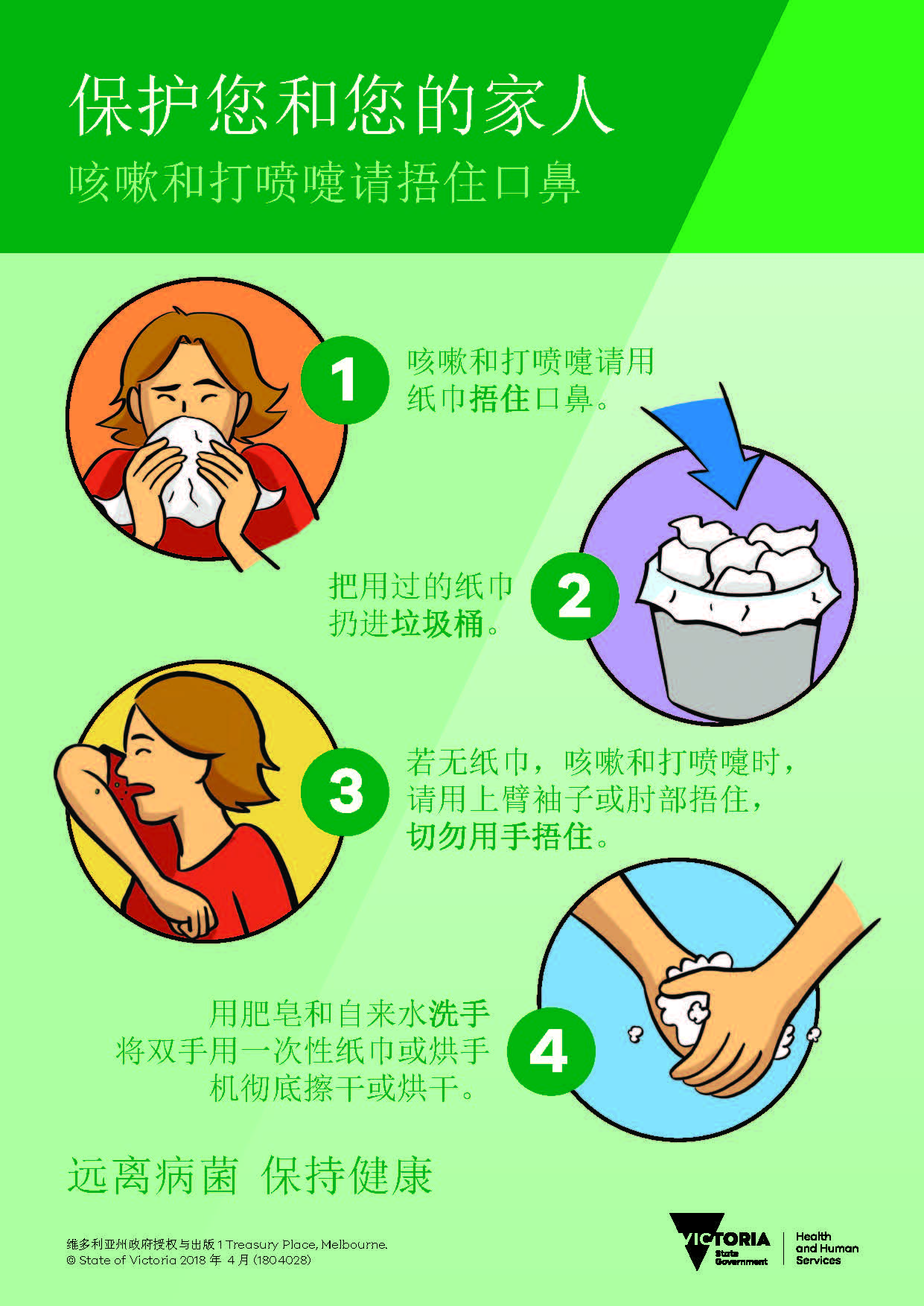
 Cantonese - Traditional Chinese4 years ago
Cantonese - Traditional Chinese4 years ago
 Tagalog4 years ago
Tagalog4 years ago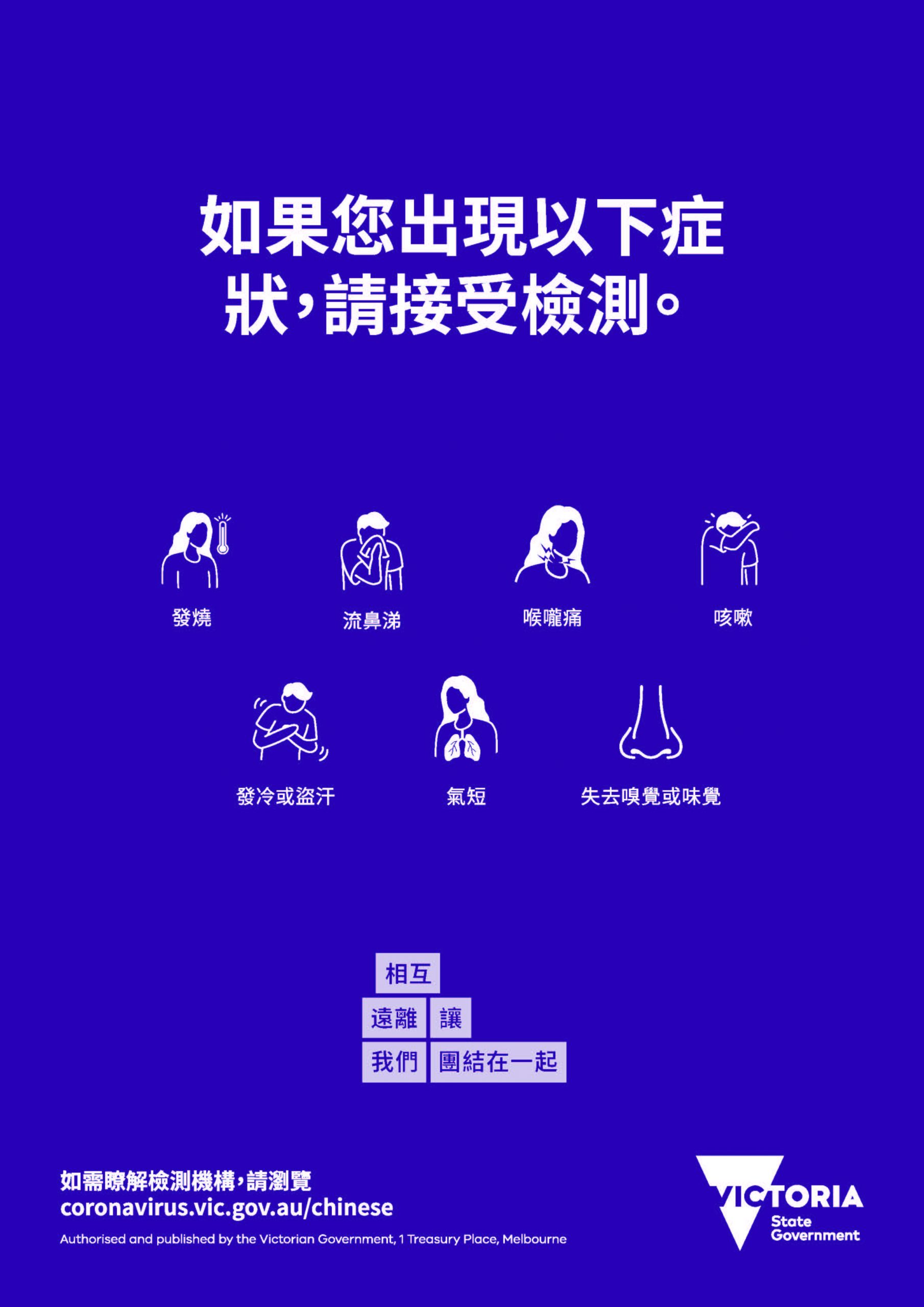
 Uncategorized4 years ago
Uncategorized4 years ago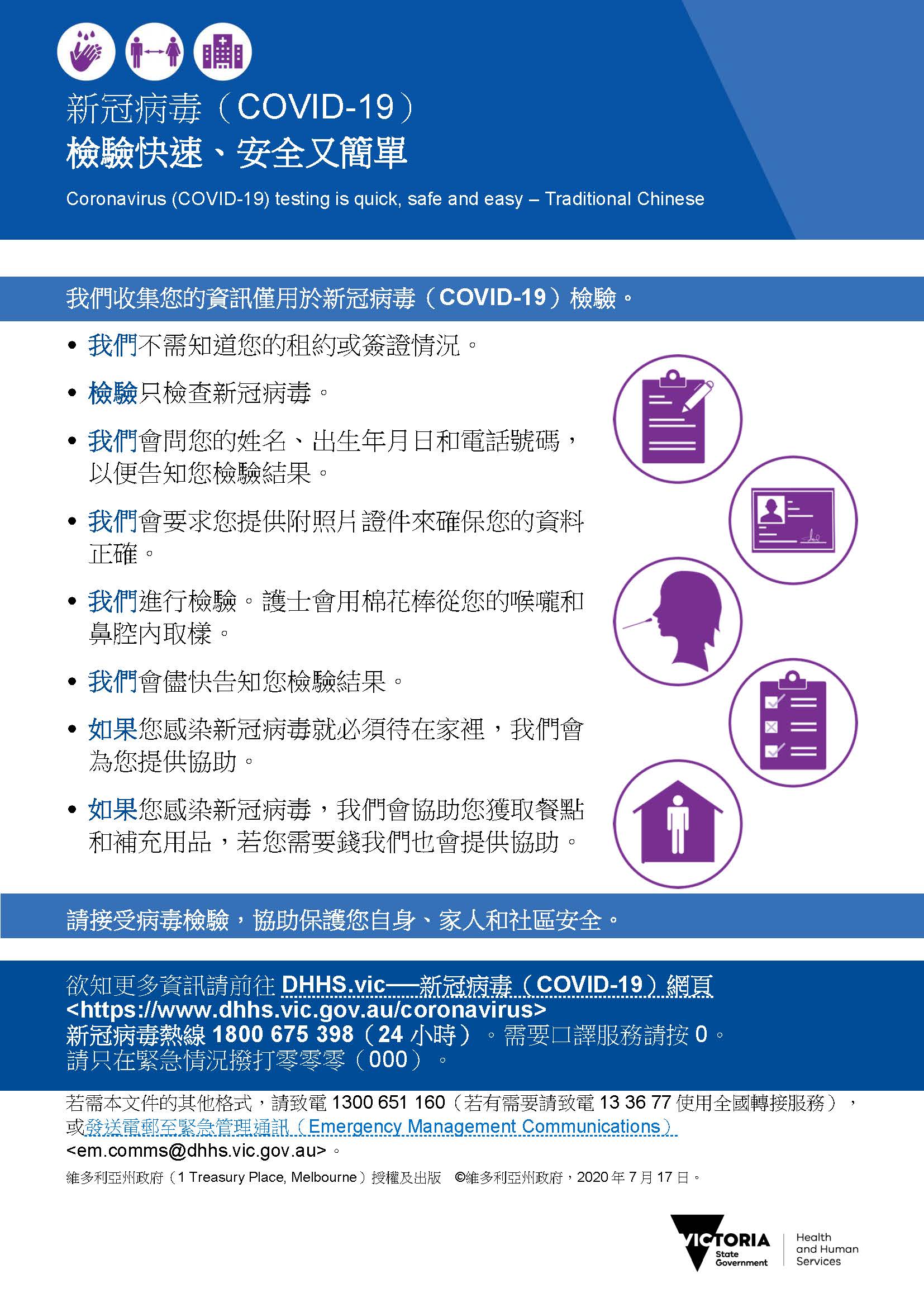
 Uncategorized4 years ago
Uncategorized4 years ago












